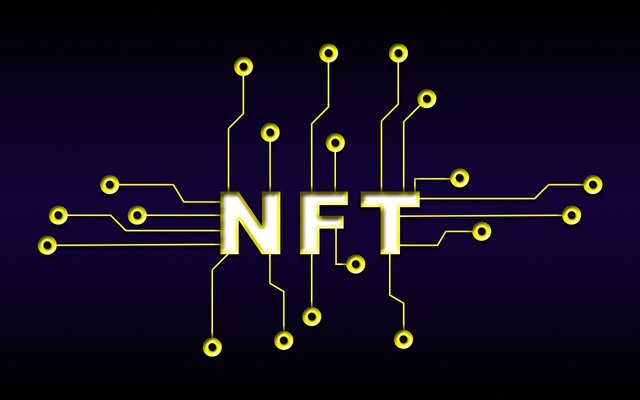
Introduction:
The world of non-fungible tokens (NFTs) has taken the art and digital collectibles market by storm, revolutionizing the way we perceive and trade digital assets. In recent months, NFTs have garnered significant attention, making headlines with multimillion-dollar sales and high-profile collaborations. This article dives into the latest trends shaping the NFT landscape, providing insights into their growth, utility, and future prospects.
NFTs as Digital Art:
One of the most prominent and widely-discussed applications of NFTs is their role in digital art. Artists are embracing NFTs as a means to tokenize and sell their work directly to collectors, eliminating the need for intermediaries. This trend has opened up new opportunities for creators to monetize their art and reach a global audience. Notable examples include the sale of Beeple's "Every day: The First 5000 Days" for a staggering $69 million, making it one of the most expensive artworks ever sold.
Expansion into Other Industries:
While NFTs gained popularity in the art world, their utility has expanded beyond just digital artwork. They are now being utilized in various industries such as music, gaming, sports, and virtual real estate. Musicians are releasing albums and exclusive content as NFTs, providing fans with unique experiences and ownership rights. Gaming companies are integrating NFTs into their platforms, allowing players to own in-game items and assets that can be traded and sold. Sports franchises are launching NFT collectibles, enabling fans to own limited-edition digital memorabilia.
Environmental Concerns and Solutions:
As NFTs gained mainstream attention, concerns about their environmental impact emerged. The process of minting NFTs on certain blockchain networks, like Ethereum, consumes significant amounts of energy. However, developers and artists are actively seeking solutions to mitigate the environmental footprint of NFTs. Some initiatives are exploring more energy-efficient blockchains or implementing carbon offset programs to counterbalance the emissions associated with NFT transactions.
Metaverse and Virtual Ownership:
The concept of the metaverse, a virtual universe where users can interact with each other and digital assets, has gained traction. NFTs are seen as a key component in establishing ownership and value within the metaverse. Virtual real estate, avatars, and virtual goods can be tokenized as NFTs, enabling users to buy, sell, and trade these digital assets in a decentralized manner. This trend opens up new possibilities for creators, investors, and users to participate in a thriving virtual economy.
Conclusion:
NFTs continue to evolve and disrupt various industries, offering new avenues for creators, collectors, and enthusiasts. From digital art to music, gaming to virtual real estate, NFTs have established themselves as a significant force in the digital world. As the technology matures and addresses environmental concerns, the potential for NFTs to reshape the way we create, own, and trade digital assets seems boundless. It will be fascinating to observe how this space develops in the coming years.
#Digital marketplace #Digital assets #Blockchain technology